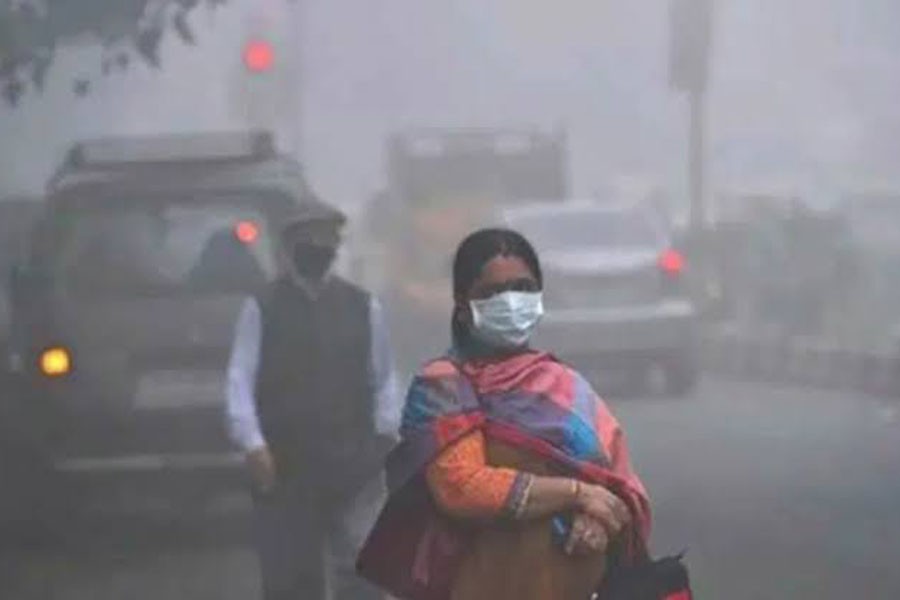The air quality in the Indian capital plummeted to "severe" category on Monday morning, post the festival of lights "Deepawali" when people indulged in bursting firecrackers.
According to the Air Quality Index (AQI) released by the System of Air Quality and Weather Forecasting and Research (SAFAR), the overall air quality in Delhi stood at 463 at 9:00 a.m. local time on Monday.
At 7:00 a.m. local time, Delhi's overall AQI stood at 506, and even touched 999 at around 4:00 a.m. local time, according to SAFAR.
The gradual improvement in air quality was attributed to slow winds in Delhi and nearby areas.
The AQI was recorded at 480 at Pusa area near Central Delhi, 436 at Lodhi Road area near South Delhi, 735 at Delhi University in North Delhi, 397 at the Indian Institute of Technology (IIT) in south Delhi and 460 at Delhi airport in southwestern part of the Indian capital.
The AQI recorded at 23:00 p.m. local time on Sunday night in areas in Delhi were, 603 in Bawana in and 878 in Rohini (both in West Delhi), 999 in Mother Dairy in East Delhi, 600 in Dwarka in southwest Delhi, and 999 near Jawaharlal Nehru Stadium and R.K. Puram (both in south Delhi).
An AQI between 0-50 is considered "Good", 51-100 is "Satisfactory", 101-200 "Moderate", 201-300 "Poor", 301-400 "Very Poor" and 401-500 is marked as "Severe or Hazardous".
In neighbouring city of Noida (in northern state of Uttar Pradesh), the AQI was recorded at 510, media reports said.
The Supreme Court of India had banned bursting of firecrackers on the occasion of Deepawali, but gave a relaxation to people between 20:00 p.m. local time and 22:00 p.m. local time on Sunday night to engage in festivities by bursting crackers.
However, the two-hour limit was blatantly flouted in most parts of northern India, as people burst crackers till late in the night, thereby adding to air pollution woes in the Indian capital and surrounding areas.


